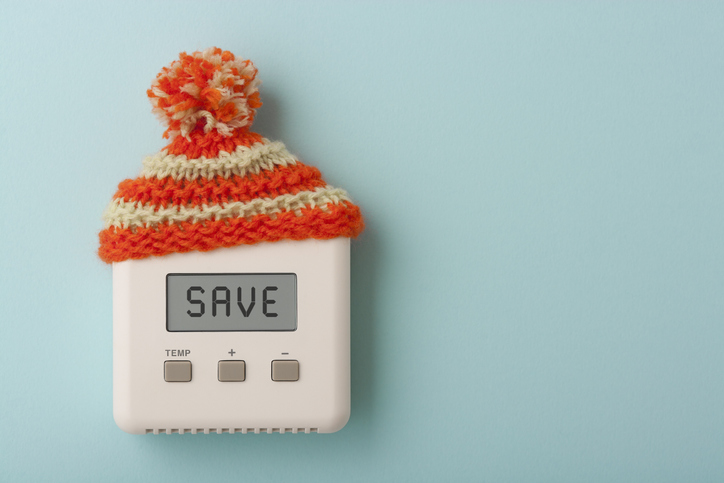Monday, November 26, 2018
 While you may be contemplating making a big move toward energy savings, such as installing solar panels, there are several small steps you can take in the meantime that can save you up to $100 in energy costs each month, according to Renewable Nation, an independent non-profit effort dedicated to accelerating the adoption of safe, affordable and clean energy in U.S. homes and schools.
While you may be contemplating making a big move toward energy savings, such as installing solar panels, there are several small steps you can take in the meantime that can save you up to $100 in energy costs each month, according to Renewable Nation, an independent non-profit effort dedicated to accelerating the adoption of safe, affordable and clean energy in U.S. homes and schools.Here are some basic energy-saving tips from the Renewable Nation app that you can put into action right now:
Get audited. Get the full picture of your energy waste and potential savings with a home energy audit conducted by a qualified expert. Try the Building Performance Institute and the Residential Energy Services Network for sources—and check out this handy energy saver guide from the U.S. Department of Energy: https://www.energy.gov/sites/prod/files/2017/10/f37/Energy_Saver_Guide-2017-en.pdf.
Seal the leaks. Use caulk, expandable sealant and weather stripping to plug leaks around windows, doors and electrical outlets. Insulating and sealing ductwork, found in homes with forced-air heating and cooling, is best left to the pros, but it could lower your energy bills by about $400 a year.
Update your water heater. Heating water is one of the biggest energy expenses in your home, costing $600 or more a year. According to Renewable Nation, you can save $300 - $350 of that cost with a hybrid water heater, which combines a standard water heater with a heat pump. You’ll pay for the extra cost in savings in two years.
Use a smart thermostat. You can save up to 10 percent each year on heating and cooling bills by turning the thermostat down 7 to 10 degrees Fahrenheit for eight hours a day, which can be accomplished with a programmable thermostat.
Avoid "phantom" energy use. According to Energy Sage, electricity used by electronics when they're turned off or in standby mode are a major source of energy waste. In fact, it is estimated that 75 percent of the energy used to power household electronics is consumed when they're switched off, which can cost you up to $200 per year. Smart power strips, also known as advanced power strips, eliminate the problem by shutting off the power to electronics when they're not in use.
RISMedia welcomes your questions and comments. Send your e-mail to: realestatemagazinefeedback@rismedia.com



